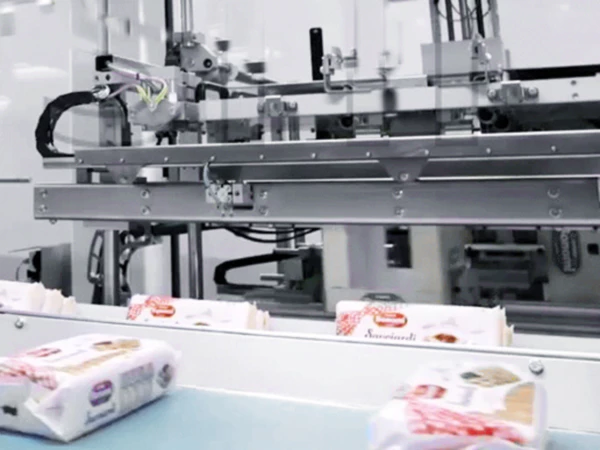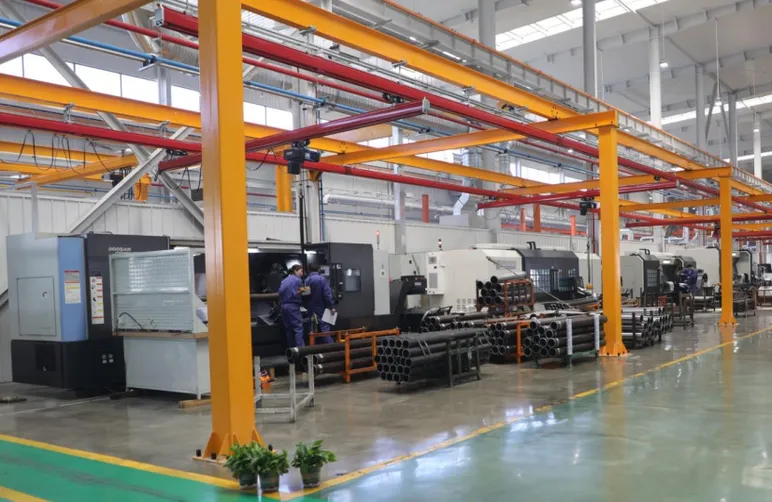
When does the issue of Roller Chain Tensioner Adjustment occur?
Roller Chain Tensioner Adjustment is a common maintenance task that arises in scenarios where your roller chain is either too tight or too slack. This usually happens due to normal wear and tear, changes in operating conditions, or after a replacement of the chain or sprocket. An improperly adjusted tensioner can lead to accelerated chain and sprocket wear, increased energy consumption, and potential equipment damage.
What are the solutions to Roller Chain Tensioner Adjustment?
Manual Adjustment
This is the most common method and involves manually adjusting the tensioner to the desired chain tension.

Automatic Adjustment
Some chains are equipped with automatic tensioners that adjust the chain tension in response to changes in operating conditions.
Use of Chain Tensioning Devices
These devices are designed to maintain constant chain tension, minimizing the need for manual adjustment.
Steps to solve the Roller Chain Tensioner Adjustment
The process involves loosening the tensioner bolts, adjusting the tensioner position, and then tightening the bolts back. It is crucial to ensure the chain has the right amount of slack – not too tight and not too loose.

Points to take note when resolving Roller Chain Tensioner Adjustment
Always ensure your equipment is turned off and isolated before starting any adjustment. Always use the manufacturer’s guidelines on chain tension. Over-tightening can cause premature wear and tear, while too much slack can lead to chain failure.
How to confirm if the issue of Roller Chain Tensioner Adjustment is solved?
After the adjustment, run your equipment at normal operating conditions and check if the chain is running smoothly without any noise or vibrations. If the chain tension remains stable after a period of operation, then the issue is solved.
Preventive measures to avoid Roller Chain Tensioner Adjustment
Regular maintenance and inspections can help avoid the need for frequent tension adjustments. Using high-quality chains and sprockets can also prolong the lifespan of your equipment and reduce the need for adjustments.
Our company is a leading player in China’s roller chain market, producing 200,000 sets of conveyer chains, driving chains, engineering chains, and ring chains. We use fully automatic CNC production and assembly equipment to deliver high-quality products at competitive prices, with dedicated service. We also supply stainless steel chains, plastic chains, rolling mill chains, casting chains, and pivot chains and welcome customers to customize based on their drawings and samples.

Frequently Asked Questions
1. What is the ideal tension for a roller chain?
The ideal tension varies depending on the type of chain and the operating conditions. Always refer to the manufacturer’s guidelines.
2. How often should I adjust my roller chain tensioner?
This largely depends on the operating conditions and the quality of your chain and sprockets. Regular inspections will help determine when adjustment is needed.
3. Can I use any type of chain with your tensioners?
Our tensioners are designed to work with a wide range of chains. Please refer to the product specifications for compatibility information.
4. Are your chains and tensioners suitable for high-temperature applications?
Yes, we offer chains and tensioners specifically designed for high-temperature applications.
5. What should I do if I still have issues after adjusting the tensioner?
If you’re still experiencing issues after adjusting the tensioner, please contact our technical department. We aim to respond to all inquiries within 24 hoursThis is a detailed guide on how to adjust the roller chain tensioner. It covers when the issue occurs, the solutions, the steps to solve it, what to note, how to confirm if the issue is solved, and preventive measures. It also promotes the company and its products, and ends with a Q&A section.